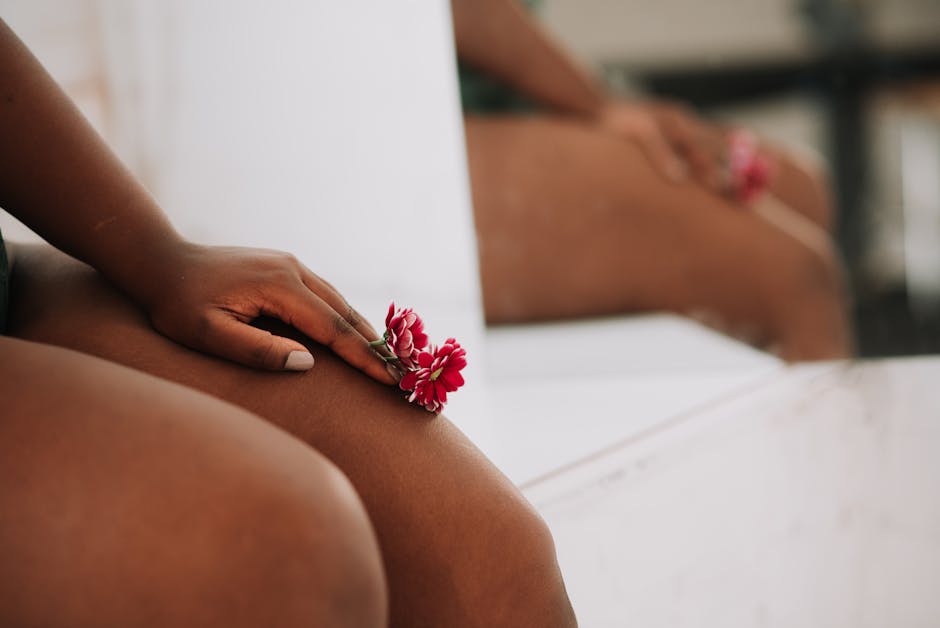Hip flexors are a group of muscles that connect your thighs to your pelvis. They play a crucial role in various movements, including walking, running, and climbing stairs. However, due to prolonged sitting or other factors, these muscles can become tight and restrict hip movement. This tightness can lead to pain, discomfort, and even injuries. In this blog post, we will explore various ways to unlock your hip flexors and improve your overall hip mobility.
**Causes of Tight Hip Flexors**
There are several factors that can contribute to tight hip flexors, including:
* Prolonged sitting: Staying in a seated position for extended periods can shorten and tighten the hip flexors.
* Lack of flexibility exercises: Neglecting regular stretching and mobility exercises can lead to muscle stiffness and tightness.
* Muscle imbalances: Weak glutes or hamstrings can put excessive strain on the hip flexors, causing them to overwork and become tight.
**Consequences of Tight Hip Flexors**
Tight hip flexors can lead to a range of problems, including:
* Lower back pain: The imbalance between tight hip flexors and weak glutes can strain the lower back and cause pain.
* Hip pain: Tight hip flexors can irritate the hip joint and cause discomfort or pain during movement.
* Reduced mobility: Restricted hip movement can limit your range of motion and affect your overall mobility.
**Unlocking Your Hip Flexors**
To unlock your hip flexors and improve hip flexibility, incorporate the following strategies into your routine:
* **Stretching:** Regular stretching exercises can help lengthen and relax tight hip flexors. Focus on stretches like the kneeling hip flexor stretch, quad stretch, and butterfly stretch.
* **Foam Rolling:** Foam rolling can help release tension in the hip flexors and improve muscle flexibility. Apply gentle pressure and roll over the hip flexor muscles to break up adhesions and knots.
* **Strengthening Exercises:** Strengthening the glutes and hamstrings can balance muscle groups and reduce the strain on the hip flexors. Exercises like squats, lunges, and glute bridges can help improve hip stability and mobility.
* **Yoga and Pilates:** Yoga and Pilates incorporate movements that promote hip flexibility and range of motion. Regular practice of these disciplines can help stretch and strengthen the hip flexors, improving overall hip health.
* **Massage:** Massage can help release muscle tension and improve blood flow to the hip flexors. Focus on deep tissue massage or trigger point therapy to release knots and promote relaxation.
**Conclusion**
Unlocking your hip flexors is essential for optimal hip health and mobility. By incorporating regular stretching, strengthening, and other strategies into your routine, you can alleviate tightness, reduce pain, and improve your overall physical well-being. Remember to consult with a healthcare professional if you experience persistent hip pain or discomfort to determine the underlying cause and appropriate treatment plan.

